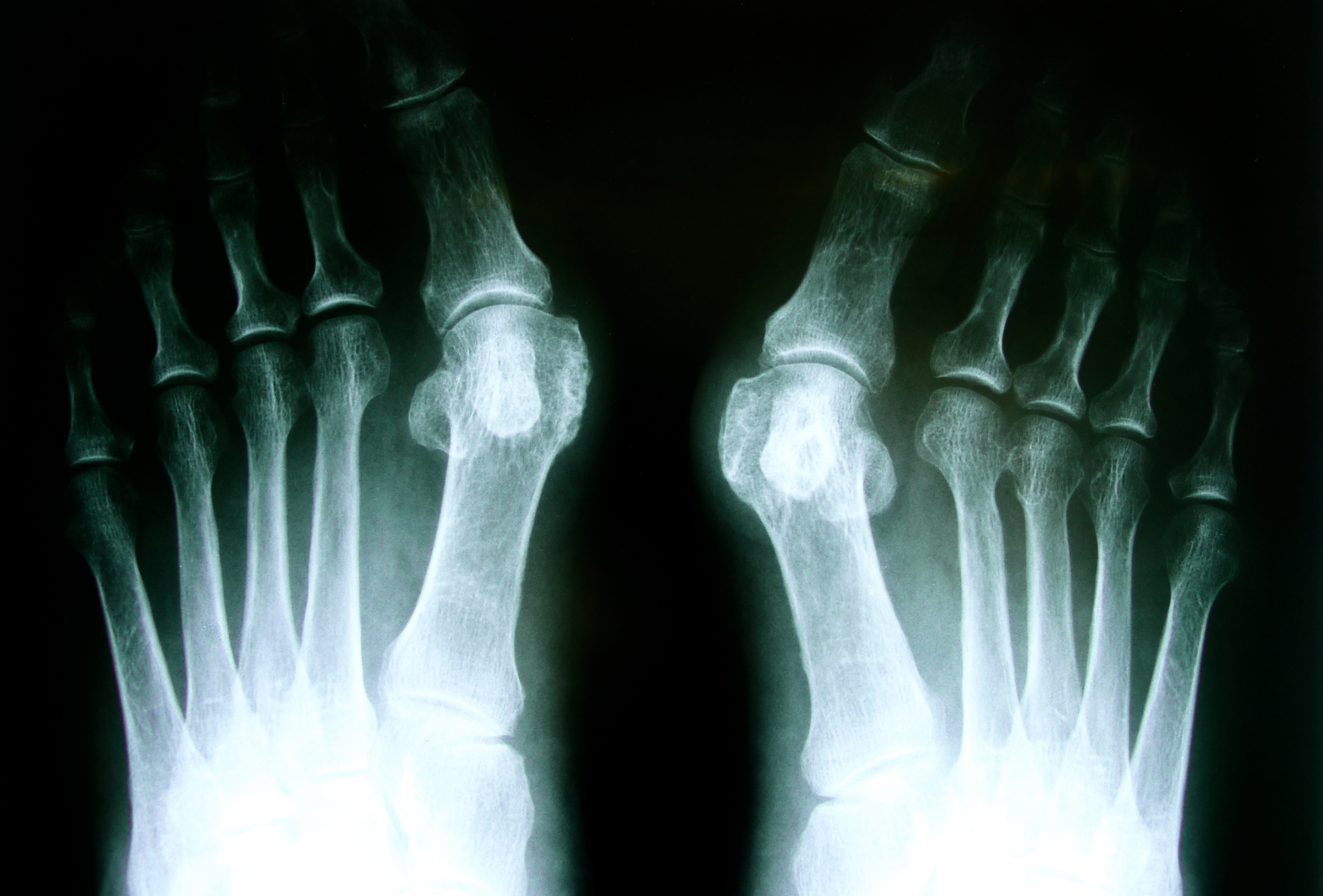Looking for Minimally Invasive Bunion Surgery in Perth?
14/06/2015
Here are some facts on minimally invasive bunion surgery in Perth
 Some of our patients have recently asked about the minimally invasive technique for bunion surgery. The concept of minimally invasive bunion surgery has been around for a long time, with many techniques described over the years. So why is it that some of the world’s top Podiatric surgeons still prefer to use an open bunion surgery technique?
Some of our patients have recently asked about the minimally invasive technique for bunion surgery. The concept of minimally invasive bunion surgery has been around for a long time, with many techniques described over the years. So why is it that some of the world’s top Podiatric surgeons still prefer to use an open bunion surgery technique?
We know there are people in Perth who are curious to know more, so we have answered some common questions below.
What exactly is this minimally invasive technique?
The minimally invasive bunion surgery techniques allow the bone cuts to be made through a very small skin incision known as keyhole bunion surgery. The surgeon uses a special X-Ray machine that creates a continuous image to guide their next move. We believe this reduces adaptability and prohibits visualisation as the surgeon can only see bone through an X-Ray image. It also reduces the ability to reshape the bone. Bunion deformities are dynamic with many soft tissue components that can not be seen on an X-Ray image.
Why are there very few surgeons who use this technique?
Because it is not yet widely accepted to be effective by most foot surgeons and training is not widely available in Australia.
Is it suitable for anyone with a bunion?
No, bunion deformities can be very different. A deep understanding of the foot and its function is required in selecting the right procedure. The type of bunion surgery technique should be customised to each patient based on the type and degree of deformity.
Has it been proven to work long-term?
The short answer is…not yet. Currently there is a lack of quality research on the long-term effectiveness of this minimally invasive bunion surgery technique. There have been some research published which carry bias as they are written by centres offering the procedure. Most papers report return of deformity or inadequate correction as possible complications.
In a recent critical review of 21 research papers on minimally invasive bunion surgery, ONLY ONE was considered high quality research (1).
Is it worth compromising the principles of bunion surgery for a smaller scar?
We don’t think so.
How Can We Help?
At Perth Foot Centre, Dr Mina Azarian, uses advanced techniques that are tried, tested and proven by research to be effective. Most of our patients report minimal pain, enjoy fast recovery, and are able to walk immediately after surgery. All procedures are performed as day cases with no overnight hospital stay required. Did we mention there is only one small skin incision?
There are many techniques available for bunion correction. Some are more involved than others. The type of operation performed will largely depend on the surgeon’s training, experience and preference. There is also a possible difference between Perth orthopedic foot surgeon and Perth Podiatric surgeon. The degree of the deformity will always determine how much correction and therefore which procedures are required.
Orthopaedic foot surgery and Podiatric surgery both aim to correct the same foot problems such as bunions, however different techniques may be used. Podiatric surgeons / bunion surgeon such as Dr Azarian spend the entirety of their medical and surgical training on feet. Procedures such as bunion surgery, toe surgery, ingrown toenail surgery, Tailor’s bunionette surgery, removal of Morton’s neuroma surgery and stiff big toe and arthritic joint surgery account for nearly 90% of procedures performed. For this reason Podiatric surgeons are specialist foot surgeons with a deep understanding of foot deformities and their correction.
Currently there are only 2 other Podiatric foot surgeons in Australia who share Dr Azarian’s qualifications.
Contact Us for a Consultation
Call Perth Foot Centre for a consultation with Dr Mina Azarian, Podiatric Surgeon.
- For more information on Bunion deformities, bunion treatment and bunion surgery visit https://www.perthfootcentre.com.au/bunion-deformity-hallux-valgus/
- For information on Dr Mina Azarian, Podiatric Surgeon / Foot surgeon (surgical podiatrist) visit https://www.perthfootcentre.com.au/why-choose-us/
- For information on Podiatric surgery or foot surgery in Perth visit https://www.perthfootcentre.com.au/foot-surgery-in-perth/
The information provided above is intended as a general guide and does not represent your individual needs or possible outcomes. Any surgical or invasive procedure carries risks. Before proceeding, you should seek the opinion of an appropriately qualified health practitioner.
References:
- Trnka, Hans-Joerg, Sabine Krenn, and Reinhard Schuh. “Minimally invasive hallux valgus surgery: a critical review of the evidence.” International orthopaedics 37.9 (2013): 1731-1735.
- Maffulli, Nicola, et al. “Hallux valgus: effectiveness and safety of minimally invasive surgery. A systematic review.” British medical bulletin 97.1 (2011): 149-167.
- Oliva, Francesco, Umile Giuseppe Longo, and Nicola Maffulli. “Minimally invasive hallux valgus correction.” Orthopedic Clinics of North America 40.4 (2009): 525-530.
- Leemrijse, T., B. Valtin, and J. L. Besse. “[Hallux valgus surgery in 2005. Conventional, mini-invasive or percutaneous surgery? Uni-or bilateral? Hospitalisation or one-day surgery?].” Revue de chirurgie orthopedique et reparatrice de l’appareil moteur 94.2 (2008): 111-127.
